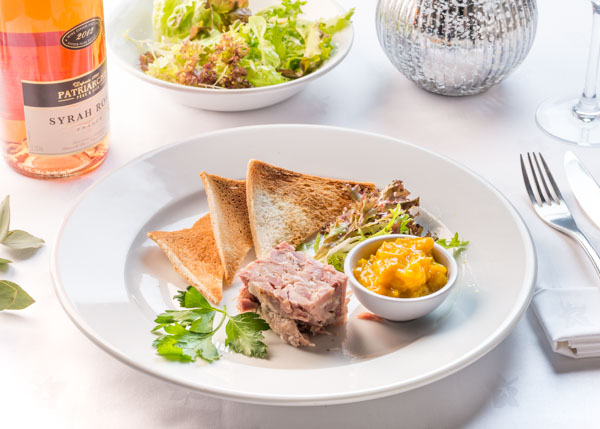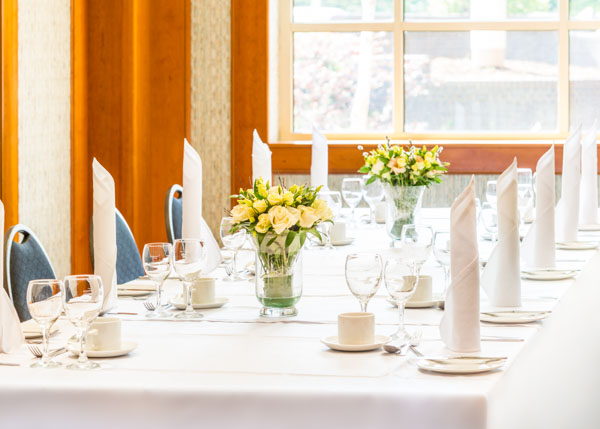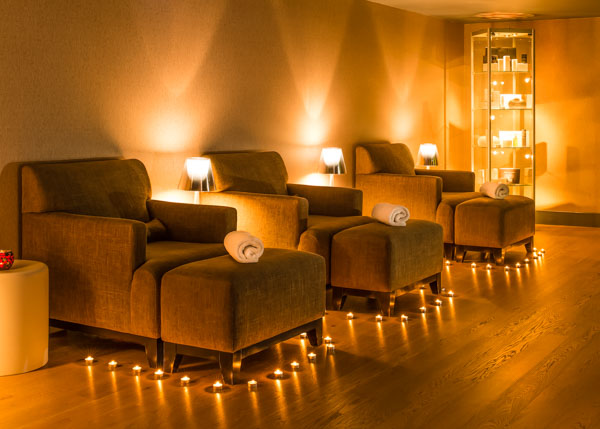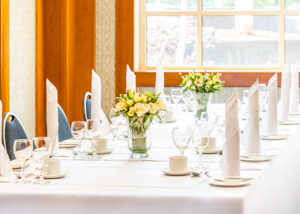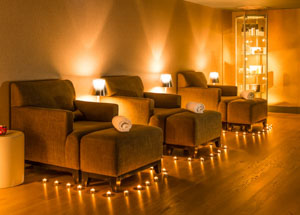WE ARE HOTEL PHOTOGRAPHERS. IF YOU LOVE YOUR HOTEL, WE WANT TO LOVE IT TOO
As leaders in hotel photography we know how to add that extra sparkle,how to create a little legend and above all how to get clients through the door
WE ARE HOTEL PHOTOGRAPHERS. IF YOU LOVE YOUR HOTEL, WE WANT TO LOVE IT TOO
As leaders in hotel photography we know how to add that extra sparkle,how to create a little legend and above all how to get clients through the door
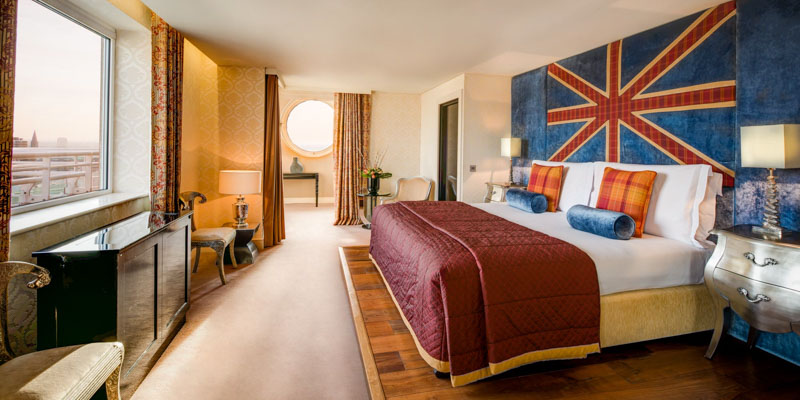
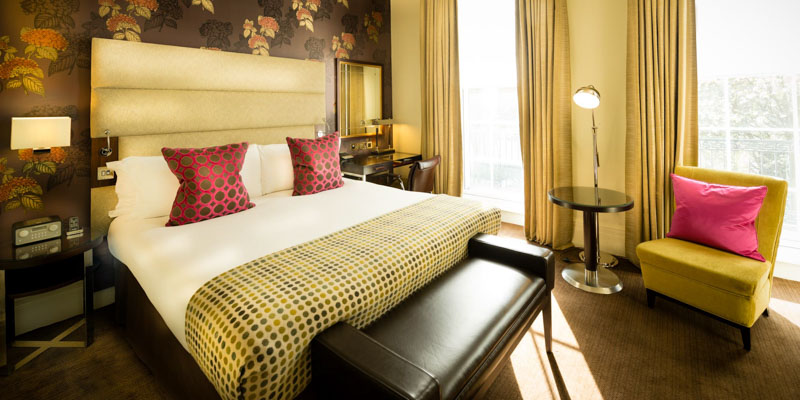
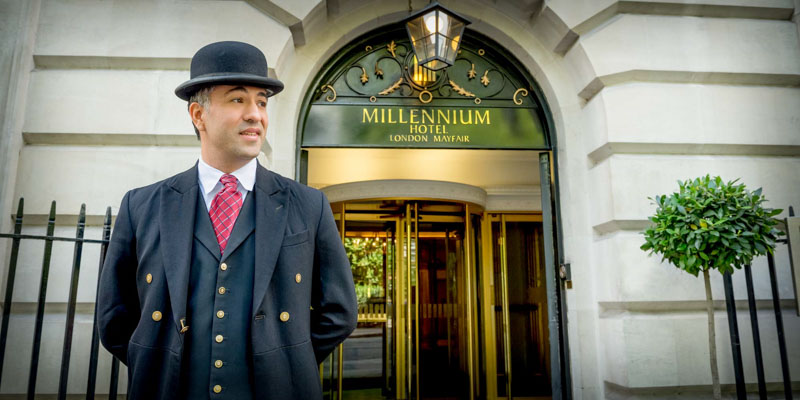
If you love your hotel we want to love it too.
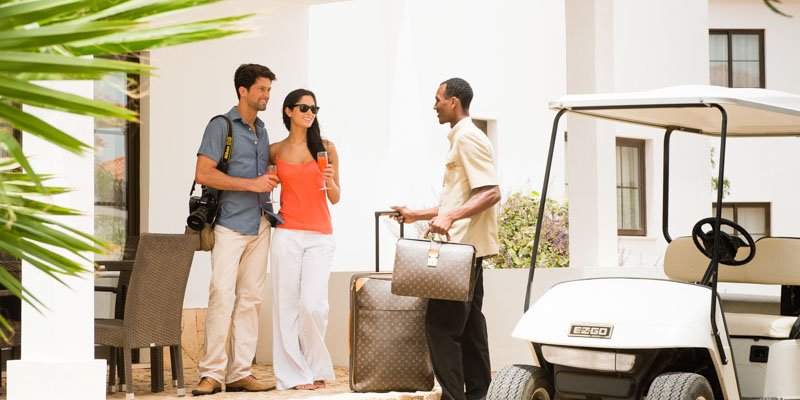
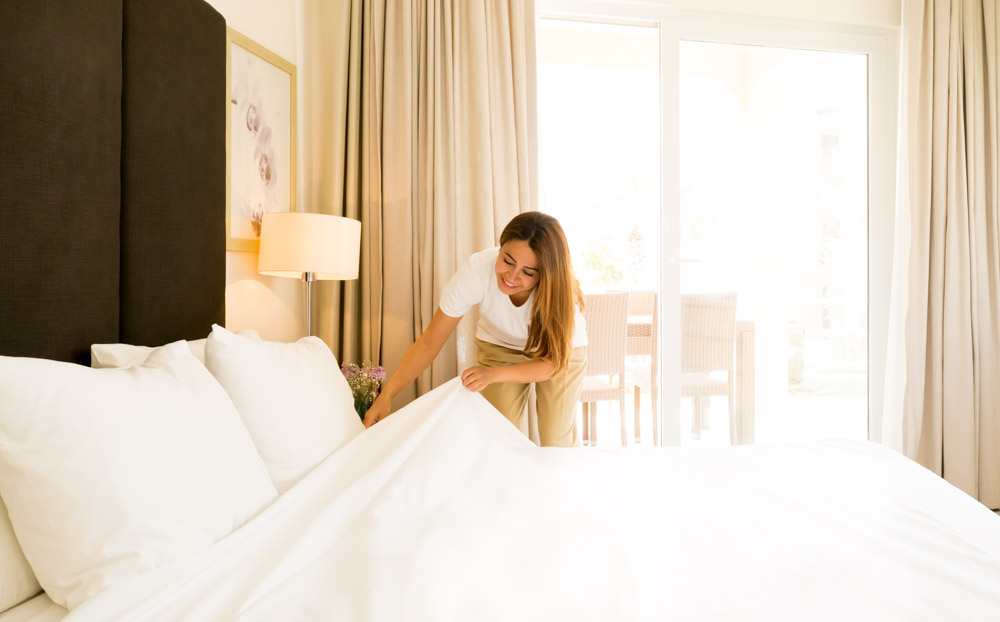
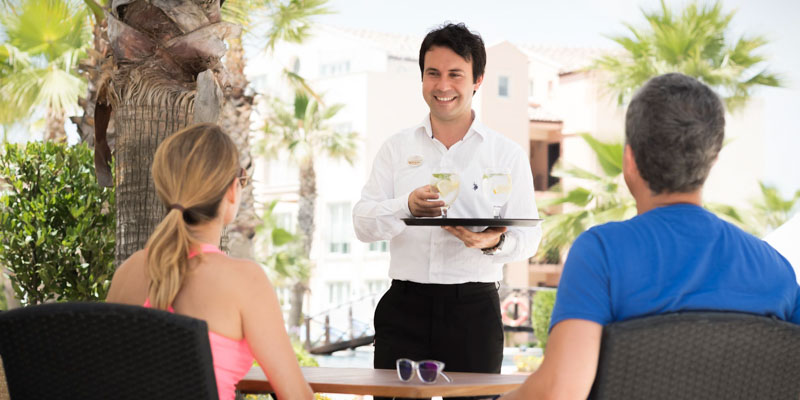
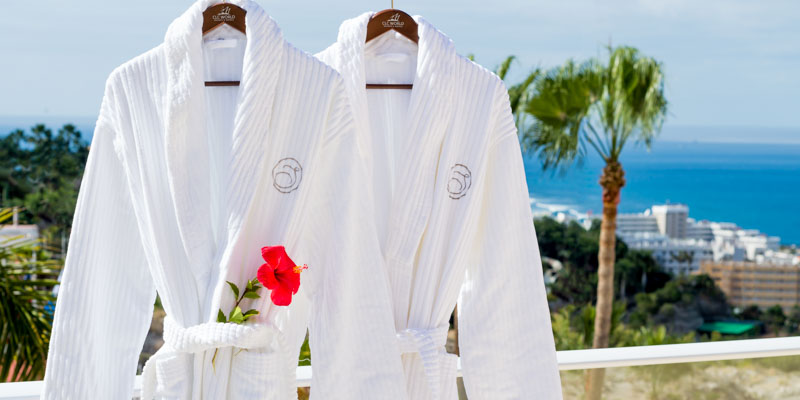
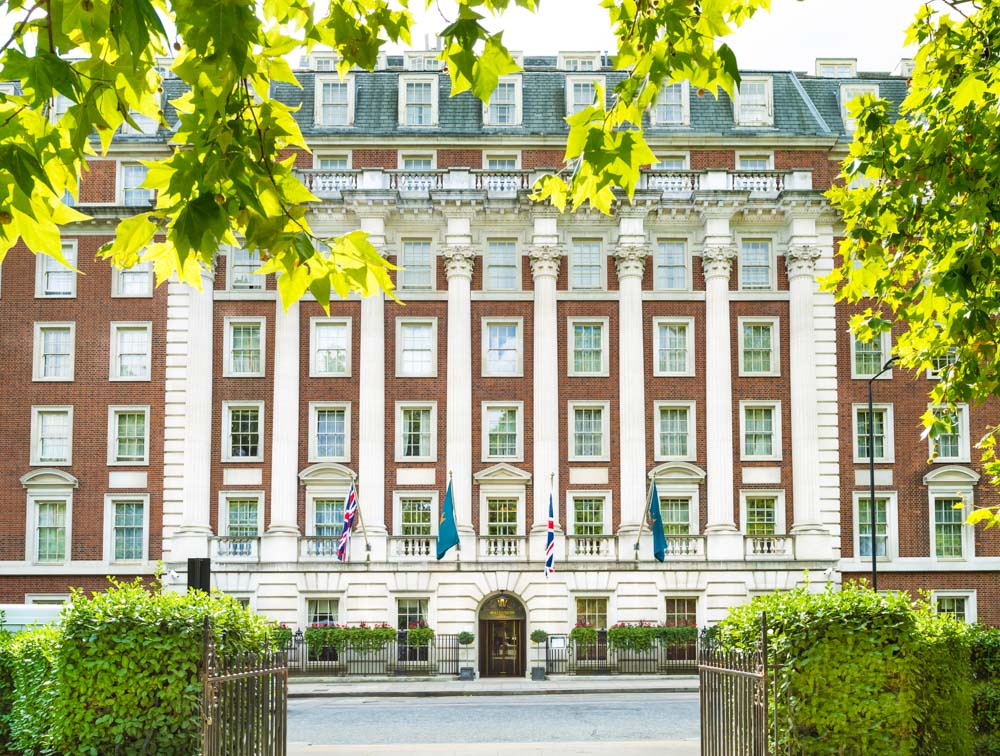
STYLISH HOTEL PHOTOGRAPHY FROM A FRIENDLY,EXPERIENCED & HIGHLY PROFESSIONAL PHOTOGRAPHER
Whether you are large or you are small, have a decent budget or need to keep your investment in hotel photography to a minimum, there is one thing we can all agree on.
If you are going to spend cash, you need to get it right.
How painful to raid your marketing budget, commission some hotel photography and then find yourself disappointed with the results. You might as well not have done it in the first place. Because, let’s be honest, hotel photography is one of the key planks on which the whole of the rest of your marketing will rely.
With years of experience as a hotel photographer, Stephen Hyde has the expertise, knowledge and specialist equipment to ensure that your investment in photography will not be wasted. He has photographed for worldwide chains and privately owned boutique hotels.
Whatever the size of your operation, you can be sure that when you get the results back from Stephen Hyde you will be uploading the shots with relish to your website & OTAs (Online Travel Agencies) in the sure knowledge that your booking rates will improve as potential customers see your hotel in its very best light.
GETTING THE BEST FROM YOUR HOTEL PHOTOGRAPHER
Whoever you use as your photographer, here are some tips to consider.
1. Preparation, preparation, preparation
You should prepare for a hotel photo shoot in the same way that you would prepare for a royal visit. Sounds over the top? Well frankly, if you don’t put the preparation in you really can’t expect to get great photography however good the photographer. Don’t think everything can be fixed in Photoshop.
2. Do your research: be clear about the kind of hotel photography you want.
First and foremost, you need to be clear in your mind what you are after. Then you need to impart this vision to your team & the photographer. It is not really a good idea simply to say ‘Well you’re the expert, just get on with it’. You might not like what you get!
So scour the internet for rival hotels’ photographs and print them off or email them to the photographer. Make a list of the things you like and those you don’t.
But in the end, be realistic and listen to your photographer. He or she has done this many times before & will know how to show your hotel at its best.
3. Recruit one of your staff to take ownership of the shoot.
The photographer is going to need all the help they can get from the hotel. He or she won’t have the clout to open the bar at odd times or keep the guests out of the swimming pool till 8:00am. So you will need to appoint someone who has a complete undertanding of the brief, someone who can use charm and force of character to ‘make things happen’ & someone who is super-organised.
But hey, you’re in the hospitality industry where such people abound! You probably have someone in mind already. They should do all the pre-planning, meet with the photographer, sort out room availability, organise flowers and make all necessary preparations.
4. Get the whole of the hotel staff on board
Housekeeping, this is your big moment. Step into the spotlight. Bedding and linen should be impeccable. Use this opportunity to let your bosses know that the pillows don’t really fit the pillowslips and get facilities to straighten that curtain which has never been the same since that kid did a Tarzan swing from one side of the room to the other.
Head chef, step forward. This is your big day but no need for nerves. We are all working together to get some great food photography. Simplicity is the key. Above all, good food photographers like to see an easily identifiable dish simply presented. Resist the temptation to cook something you don’t usually cook, and think visually rather than in terms of taste.
5. Consider who should appear in the photographs
We take the view that in general, unless the photo shoot has a strong creative theme, hotel photography should not feature hotel guests (whether models or ‘real people’) – such shots date quickly and can border on the cheesy. There are exceptions of course: spas are usually enhanced by beautiful people gracing the shots. It can also be nice to show a couple checking in at reception or arriving in an Aston Martin with an array of Louis Vuitton cases, but think carefully before flooding your website with shots of customers ‘having a good time’.
By all means show the staff. They are fundamental to what you have to offer, but make sure you get model release forms for absolutely everyone who will appear in the photographs.
6. Hotel photography: what not to show
Be very thoughtful when showing any electrical goods. I have one client whose guidelines prohibit showing all electrical items, including televisions. I can’t really say that I disagree with this policy except when a television (or whatever) is a key focal point of a room. Everyone knows there will be a television in their room and it is truly amazing how quickly old technology looks sad and dated. And who on earth would want to see a kettle and coffee sachets in a hotel room photograph? If you want to make it clear that the rooms have these facilities, put it in the rooms specs. The only issue that adhering to this policy raises is that you have to find something to replace the gap where these electrical goods have been. Flowers, books, fruit platters and magazines can be used to answer this need, but be careful not to overdo it. Chefs have a habit of preparing fruit platters fit for a banquet which look ridiculous in guest rooms and florists go over the top with enormous bouquets so be sure to brief them: less is more in this instance.
7. Don’t forget M&E
Finally don’t forget to promote your hotel’s meetings and events. Meetings and events are a fantastic revenue stream for most hotels, filling rooms, bars and restaurants and providing a great source of cash in their own right. Getting great photographs of your M&E venues and services is essential both as a sales tool and also to give potential clients and understanding of how each room can be laid out for different functions. Be sure to check out the page we have devoted to meetings and events photography.

STYLISH HOTEL PHOTOGRAPHY FROM A FRIENDLY,EXPERIENCED & HIGHLY PROFESSIONAL PHOTOGRAPHER
Whether you are large or you are small, have a decent budget or need to keep your investment in hotel photography to a minimum, there is one thing we can all agree on.
If you are going to spend cash, you need to get it right.
How painful to raid your marketing budget, commission some hotel photography and then find yourself disappointed with the results. You might as well not have done it in the first place. Because, let’s be honest, hotel photography is one of the key planks on which the whole of the rest of your marketing will rely.
With years of experience as a hotel photographer, Stephen Hyde has the expertise, knowledge and specialist equipment to ensure that your investment in photography will not be wasted. He has photographed for worldwide chains and privately owned boutique hotels.
Whatever the size of your operation, you can be sure that when you get the results back from Stephen Hyde you will be uploading the shots with relish to your website & OTAs (Online Travel Agencies) in the sure knowledge that your booking rates will improve as potential customers see your hotel in its very best light.
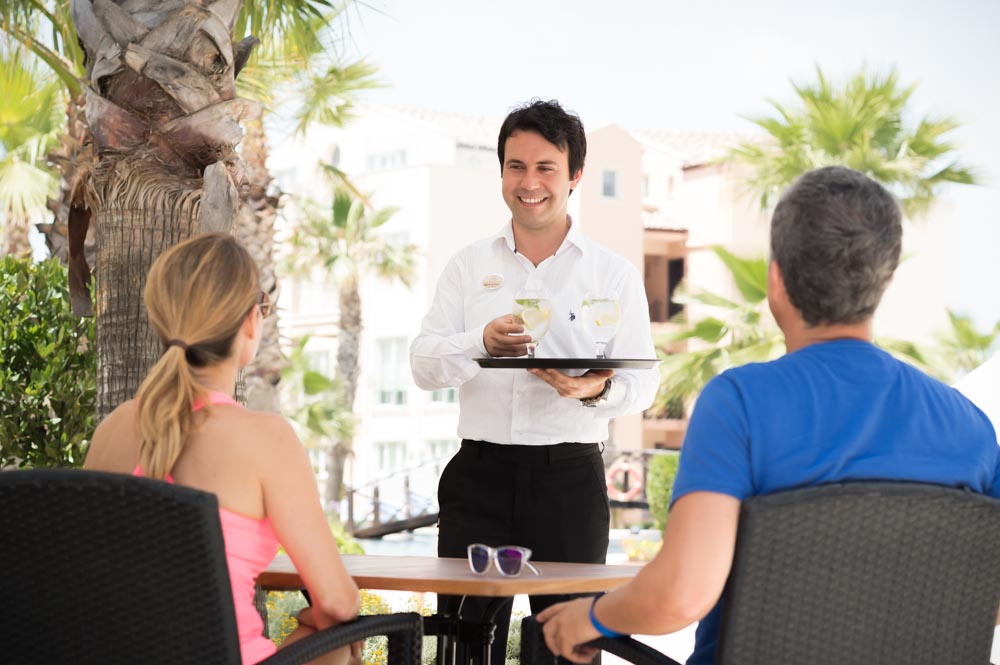
GETTING THE BEST FROM YOUR HOTEL PHOTOGRAPHER
Whoever you use as your photographer, here are some tips to consider.
1. Preparation, preparation, preparation
You should prepare for a hotel photo shoot in the same way that you would prepare for a royal visit. Sounds over the top? Well frankly, if you don’t put the preparation in you really can’t expect to get great photography however good the photographer. Don’t think everything can be fixed in Photoshop.
2. Do your research: be clear about the kind of hotel photography you want.
First and foremost, you need to be clear in your mind what you are after. Then you need to impart this vision to your team & the photographer. It is not really a good idea simply to say ‘Well you’re the expert, just get on with it’. You might not like what you get!
So scour the internet for rival hotels’ photographs and print them off or email them to the photographer. Make a list of the things you like and those you don’t.
But in the end, be realistic and listen to your photographer. He or she has done this many times before & will know how to show your hotel at its best.
3. Recruit one of your staff to take ownership of the shoot.
The photographer is going to need all the help they can get from the hotel. He or she won’t have the clout to open the bar at odd times or keep the guests out of the swimming pool till 8:00am. So you will need to appoint someone who has a complete undertanding of the brief, someone who can use charm and force of character to ‘make things happen’ & someone who is super-organised.
But hey, you’re in the hospitality industry where such people abound! You probably have someone in mind already. They should do all the pre-planning, meet with the photographer, sort out room availability, organise flowers and make all necessary preparations.
4. Get the whole of the hotel staff on board
Housekeeping, this is your big moment. Step into the spotlight. Bedding and linen should be impeccable. Use this opportunity to let your bosses know that the pillows don’t really fit the pillowslips and get facilities to straighten that curtain which has never been the same since that kid did a Tarzan swing from one side of the room to the other.
Head chef, step forward. This is your big day but no need for nerves. We are all working together to get some great food photography. Simplicity is the key. Above all, good food photographers like to see an easily identifiable dish simply presented. Resist the temptation to cook something you don’t usually cook, and think visually rather than in terms of taste.
5. Consider who should appear in the photographs
We take the view that in general, unless the photo shoot has a strong creative theme, hotel photography should not feature hotel guests (whether models or ‘real people’) – such shots date quickly and can border on the cheesy. There are exceptions of course: spas are usually enhanced by beautiful people gracing the shots. It can also be nice to show a couple checking in at reception or arriving in an Aston Martin with an array of Louis Vuitton cases, but think carefully before flooding your website with shots of customers ‘having a good time’.
By all means show the staff. They are fundamental to what you have to offer, but make sure you get model release forms for absolutely everyone who will appear in the photographs.
6. Hotel photography: what not to show
Be very thoughtful when showing any electrical goods. I have one client whose guidelines prohibit showing all electrical items, including televisions. I can’t really say that I disagree with this policy except when a television (or whatever) is a key focal point of a room. Everyone knows there will be a television in their room and it is truly amazing how quickly old technology looks sad and dated. And who on earth would want to see a kettle and coffee sachets in a hotel room photograph? If you want to make it clear that the rooms have these facilities, put it in the rooms specs. The only issue that adhering to this policy raises is that you have to find something to replace the gap where these electrical goods have been. Flowers, books, fruit platters and magazines can be used to answer this need, but be careful not to overdo it. Chefs have a habit of preparing fruit platters fit for a banquet which look ridiculous in guest rooms and florists go over the top with enormous bouquets so be sure to brief them: less is more in this instance.
7. Don’t forget M&E
Finally don’t forget to promote your hotel’s meetings and events. Meetings and events are a fantastic revenue stream for most hotels, filling rooms, bars and restaurants and providing a great source of cash in their own right. Getting great photographs of your M&E venues and services is essential both as a sales tool and also to give potential clients and understanding of how each room can be laid out for different functions. Be sure to check out the page we have devoted to meetings and events photography.
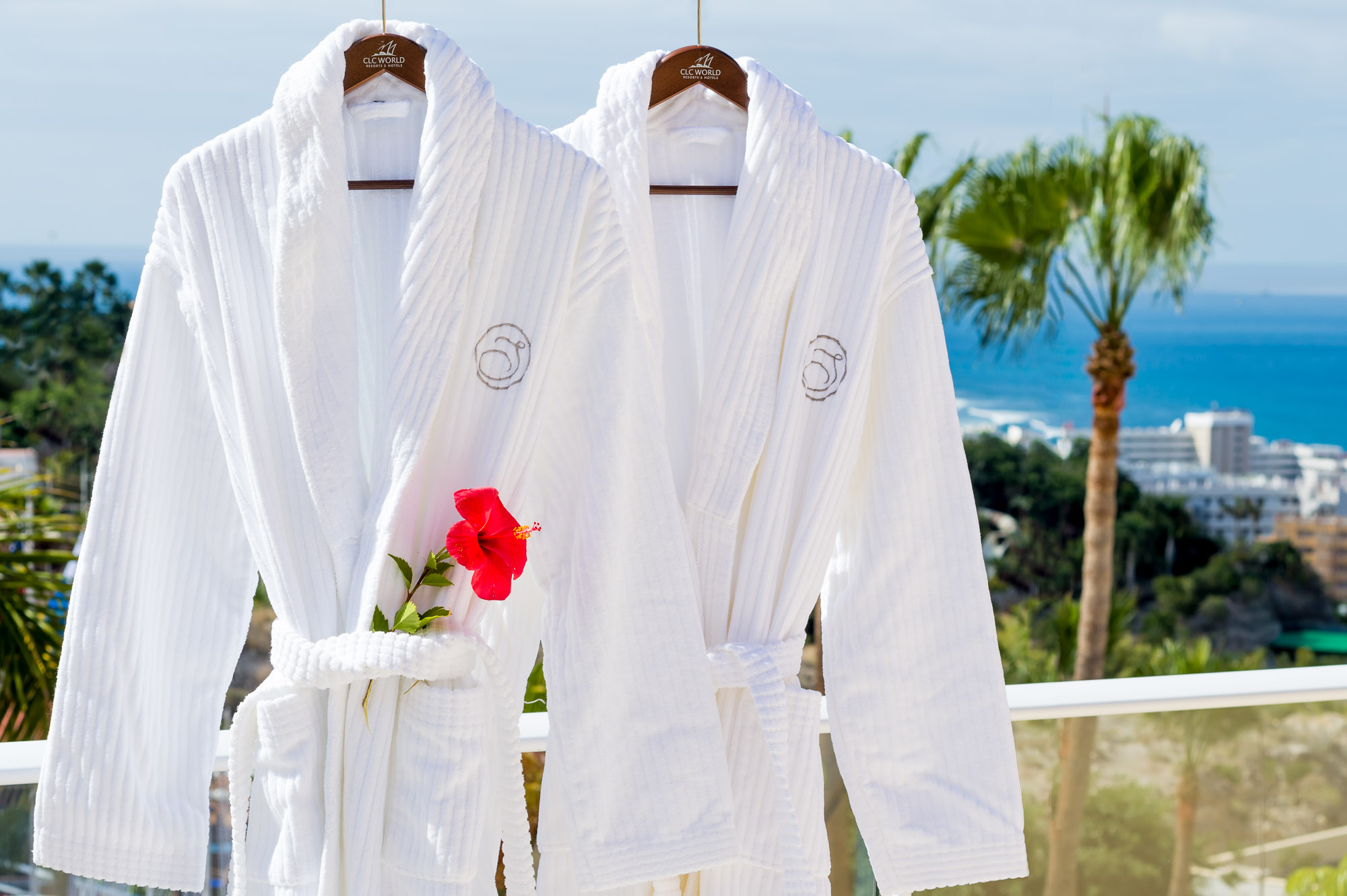
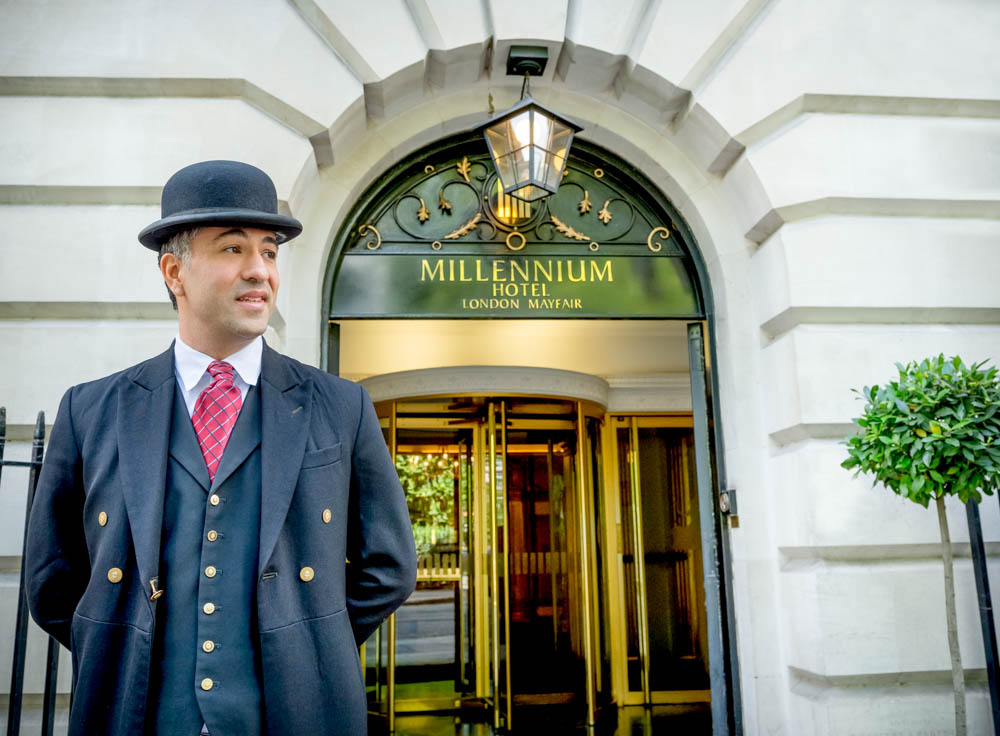

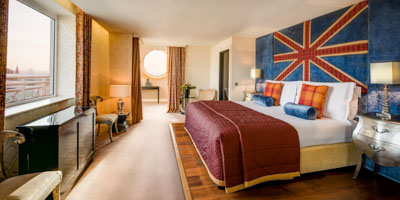
STYLISH HOTEL PHOTOGRAPHY FROM A FRIENDLY,EXPERIENCED & HIGHLY PROFESSIONAL PHOTOGRAPHER
Whether you are large or you are small, have a decent budget or need to keep your investment in hotel photography to a minimum, there is one thing we can all agree on.
If you are going to spend cash, you need to get it right.
How painful to raid your marketing budget, commission some hotel photography and then find yourself disappointed with the results. You might as well not have done it in the first place. Because, let’s be honest, hotel photography is one of the key planks on which the whole of the rest of your marketing will rely.
With years of experience as a hotel photographer, Stephen Hyde has the expertise, knowledge and specialist equipment to ensure that your investment in photography will not be wasted. He has photographed for worldwide chains and privately owned boutique hotels.
Whatever the size of your operation, you can be sure that when you get the results back from Stephen Hyde you will be uploading the shots with relish to your website & OTAs (Online Travel Agencies) in the sure knowledge that your booking rates will improve as potential customers see your hotel in its very best light.
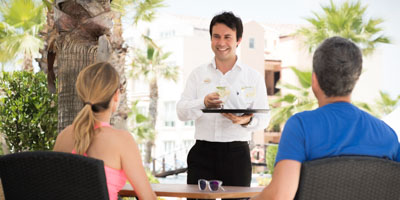
GETTING THE BEST FROM YOUR HOTEL PHOTOGRAPHER
Whoever you use as your photographer, here are some tips to consider.
1. Preparation, preparation, preparation
You should prepare for a hotel photo shoot in the same way that you would prepare for a royal visit. Sounds over the top? Well frankly, if you don’t put the preparation in you really can’t expect to get great photography however good the photographer. Don’t think everything can be fixed in Photoshop.
2. Do your research: be clear about the kind of hotel photography you want.
First and foremost, you need to be clear in your mind what you are after. Then you need to impart this vision to your team & the photographer. It is not really a good idea simply to say ‘Well you’re the expert, just get on with it’. You might not like what you get!
So scour the internet for rival hotels’ photographs and print them off or email them to the photographer. Make a list of the things you like and those you don’t.
But in the end, be realistic and listen to your photographer. He or she has done this many times before & will know how to show your hotel at its best.
3. Recruit one of your staff to take ownership of the shoot.
The photographer is going to need all the help they can get from the hotel. He or she won’t have the clout to open the bar at odd times or keep the guests out of the swimming pool till 8:00am. So you will need to appoint someone who has a complete undertanding of the brief, someone who can use charm and force of character to ‘make things happen’ & someone who is super-organised.
But hey, you’re in the hospitality industry where such people abound! You probably have someone in mind already. They should do all the pre-planning, meet with the photographer, sort out room availability, organise flowers and make all necessary preparations.
4. Get the whole of the hotel staff on board
Housekeeping, this is your big moment. Step into the spotlight. Bedding and linen should be impeccable. Use this opportunity to let your bosses know that the pillows don’t really fit the pillowslips and get facilities to straighten that curtain which has never been the same since that kid did a Tarzan swing from one side of the room to the other.
Head chef, step forward. This is your big day but no need for nerves. We are all working together to get some great food photography. Simplicity is the key. Above all, good food photographers like to see an easily identifiable dish simply presented. Resist the temptation to cook something you don’t usually cook, and think visually rather than in terms of taste.
5. Consider who should appear in the photographs
We take the view that in general, unless the photo shoot has a strong creative theme, hotel photography should not feature hotel guests (whether models or ‘real people’) – such shots date quickly and can border on the cheesy. There are exceptions of course: spas are usually enhanced by beautiful people gracing the shots. It can also be nice to show a couple checking in at reception or arriving in an Aston Martin with an array of Louis Vuitton cases, but think carefully before flooding your website with shots of customers ‘having a good time’.
By all means show the staff. They are fundamental to what you have to offer, but make sure you get model release forms for absolutely everyone who will appear in the photographs.
6. Hotel photography: what not to show
Be very thoughtful when showing any electrical goods. I have one client whose guidelines prohibit showing all electrical items, including televisions. I can’t really say that I disagree with this policy except when a television (or whatever) is a key focal point of a room. Everyone knows there will be a television in their room and it is truly amazing how quickly old technology looks sad and dated. And who on earth would want to see a kettle and coffee sachets in a hotel room photograph? If you want to make it clear that the rooms have these facilities, put it in the rooms specs. The only issue that adhering to this policy raises is that you have to find something to replace the gap where these electrical goods have been. Flowers, books, fruit platters and magazines can be used to answer this need, but be careful not to overdo it. Chefs have a habit of preparing fruit platters fit for a banquet which look ridiculous in guest rooms and florists go over the top with enormous bouquets so be sure to brief them: less is more in this instance.
7. Don’t forget M&E
Finally don’t forget to promote your hotel’s meetings and events. Meetings and events are a fantastic revenue stream for most hotels, filling rooms, bars and restaurants and providing a great source of cash in their own right. Getting great photographs of your M&E venues and services is essential both as a sales tool and also to give potential clients and understanding of how each room can be laid out for different functions. Be sure to check out the page we have devoted to meetings and events photography.


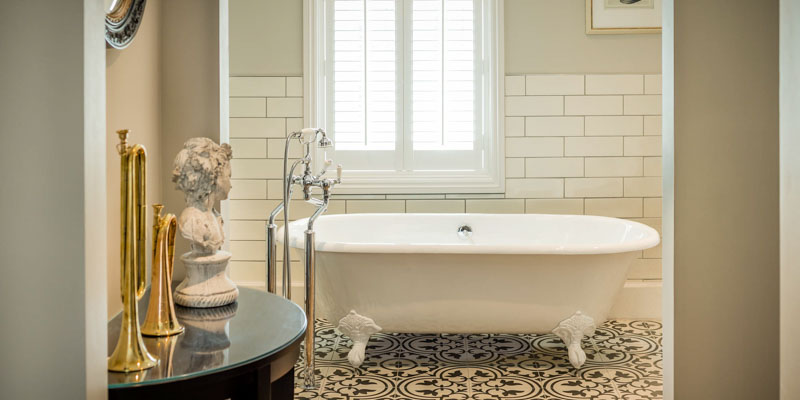
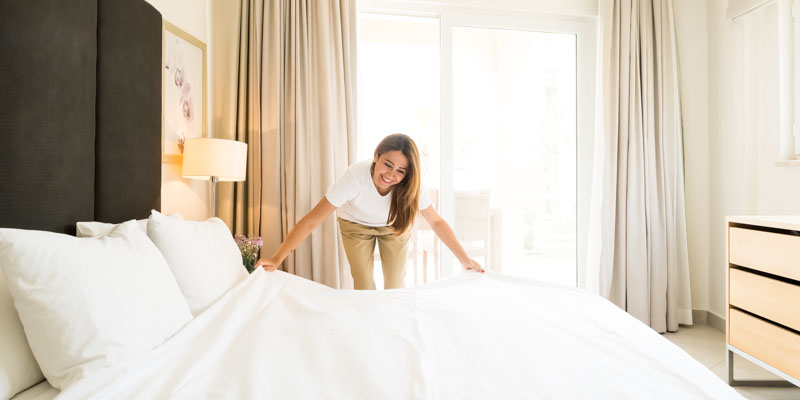
See also
PHOTOGRAPHIC DISCIPLINES
ABOUT
